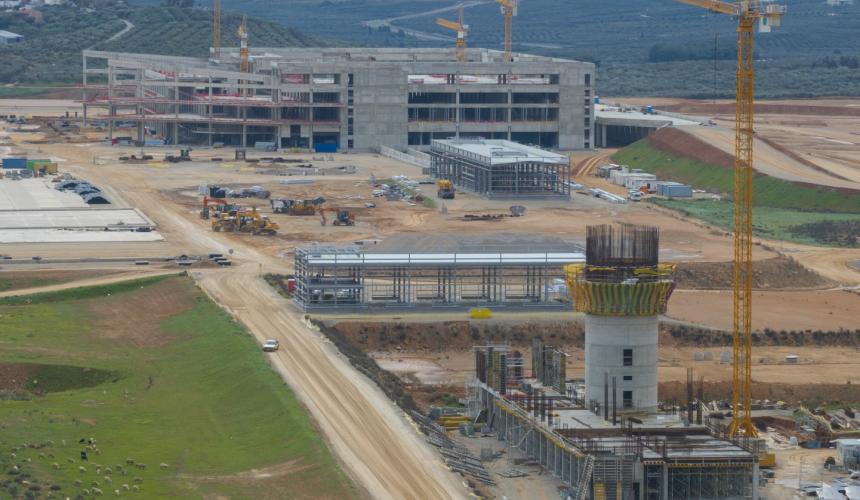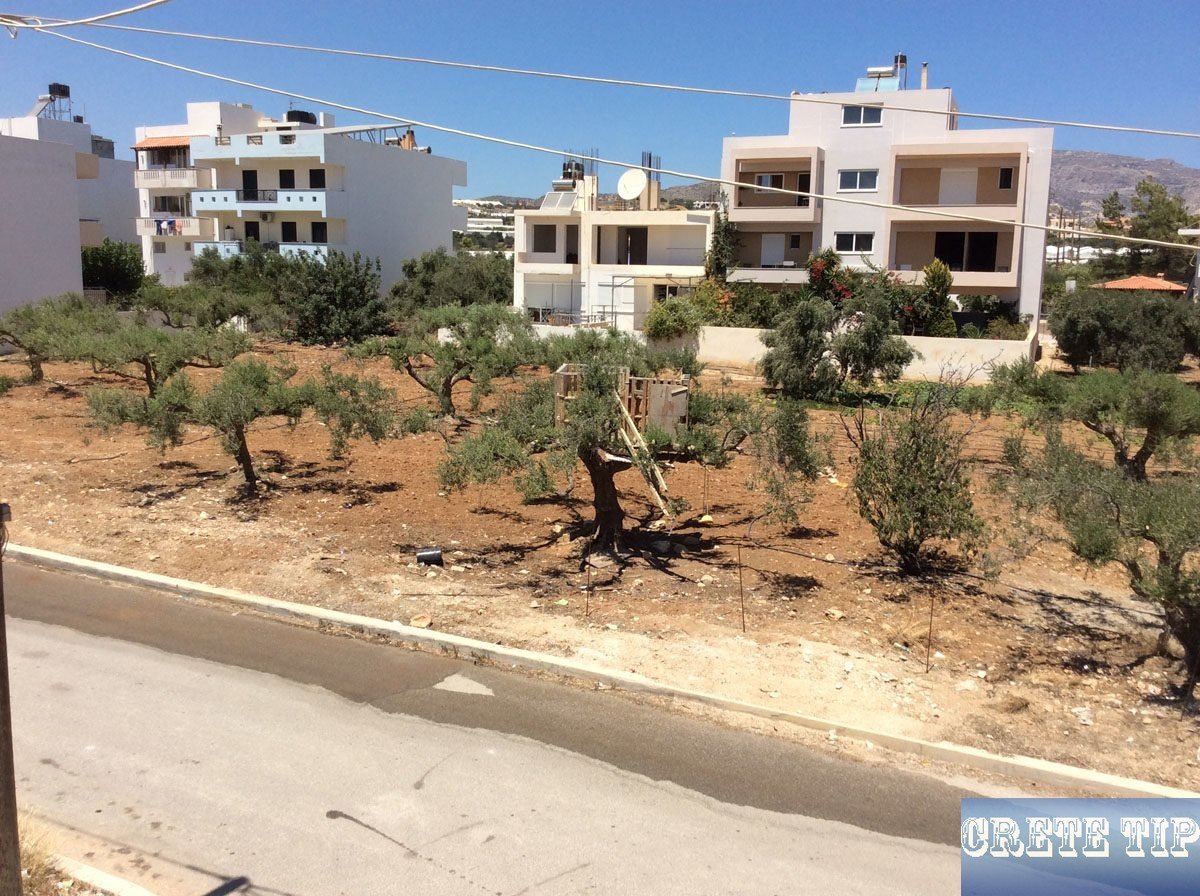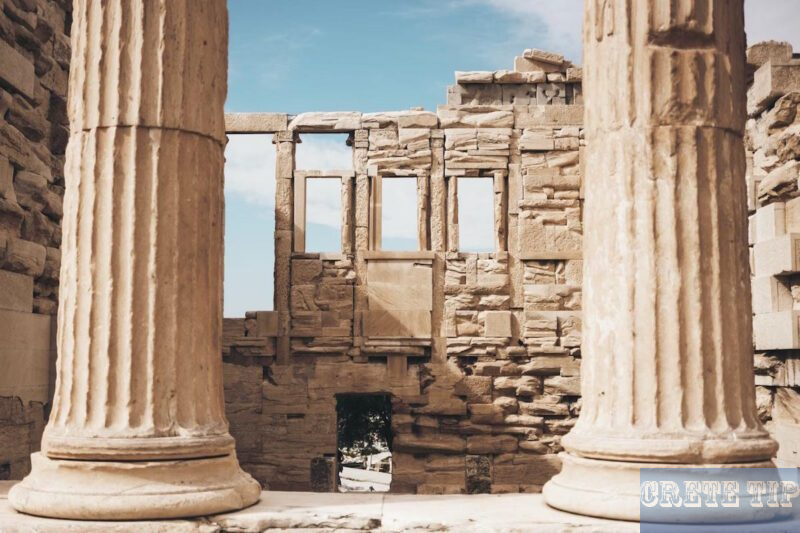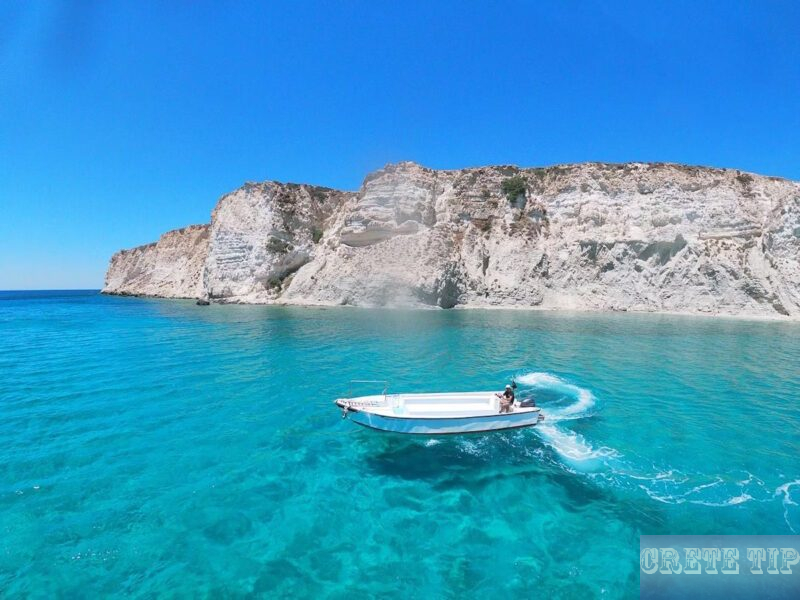The Ministry of Infrastructure and Transport is addressing two important issues that have arisen in connection with the construction of the new airport in Kastelli. The ancient building remains found at the site where the airport’s radar is to be installed, as well as the need to build a tunnel on the road connecting the airport to the BOAK, threaten to delay the final commissioning of the new international airport.

Project Summary and Key Details
The new airport in Kastelli, Crete is set to take over from the existing Heraklion airport, Nikos Kazantzakis. It’s aiming to be one of Greece’s busiest, with a projected capacity of up to 18 million passengers a year.
This modern international airport is a pretty big deal for Crete, especially for transport upgrades and the ever-growing tourism sector.
Location and Structure
- Site: Kastelli, just outside Heraklion, Crete
- Runway: A single, main runway built to handle large international flights
- Terminal: Brand-new terminal, spacious and packed with up-to-date facilities
- Road Connections: New access road planned, linking the airport to the main northern highway (BOAK)
Progress and Construction Challenges
Construction’s moving along, though not without its headaches. Two main hurdles have cropped up so far:
-
Archaeological Discoveries
They stumbled across significant ancient artefacts near where the radar was supposed to go. Now, parts of the air navigation systems have to be redesigned, and the radar’s location needs a rethink. It’s a real puzzle, especially since it impacts how planes will land and take off safely. -
Infrastructure Linking the Airport to Major Roads
There’s a 13 km stretch of new road meant to connect the airport to the northern highway. But building it isn’t straightforward—environmental and archaeological factors are slowing things down. The plan calls for twin tunnels, each about 3 km, and getting the green light from environmental agencies has been tricky, leading to delays.
Project Importance
- Modernisation: This airport is a major step up from the old Heraklion facility.
- Capacity: It’s expected to handle a lot more passengers each year, which should be a boost for tourism and the local economy. You can read more about that here.
- Technological Advancement: The place will have advanced air traffic control and navigation tech—definitely not stuck in the past.
Current Status and Outlook
Aspect |
Status |
Notes |
|---|---|---|
Terminal |
Under construction |
Progress continues steadily |
Runway |
Design and groundwork in place |
Scheduled to handle wide-body aircraft |
Radar & Navigation |
Design changes pending |
Awaiting decisions based on archaeological findings |
Road Link |
Delayed due to environmental approval |
Tunnels pose significant engineering challenges |
Project Timeline |
Potential delay risks identified |
Authorities are addressing issues to minimise impacts |
Expected Features
- Runway Length: To support large planes including international routes.
- Passenger Terminals: Equipped to handle high passenger volumes efficiently.
- Passenger Services: Modern amenities including shops, lounges, and transport connections.
This new airport in Kastelli marks a big step for Crete’s transport capacity. It’s not just about flights—it’s about economic growth, too.
Of course, getting the construction right is going to be crucial. If the challenges are sorted out, the airport should open on schedule and actually work the way it’s supposed to.




